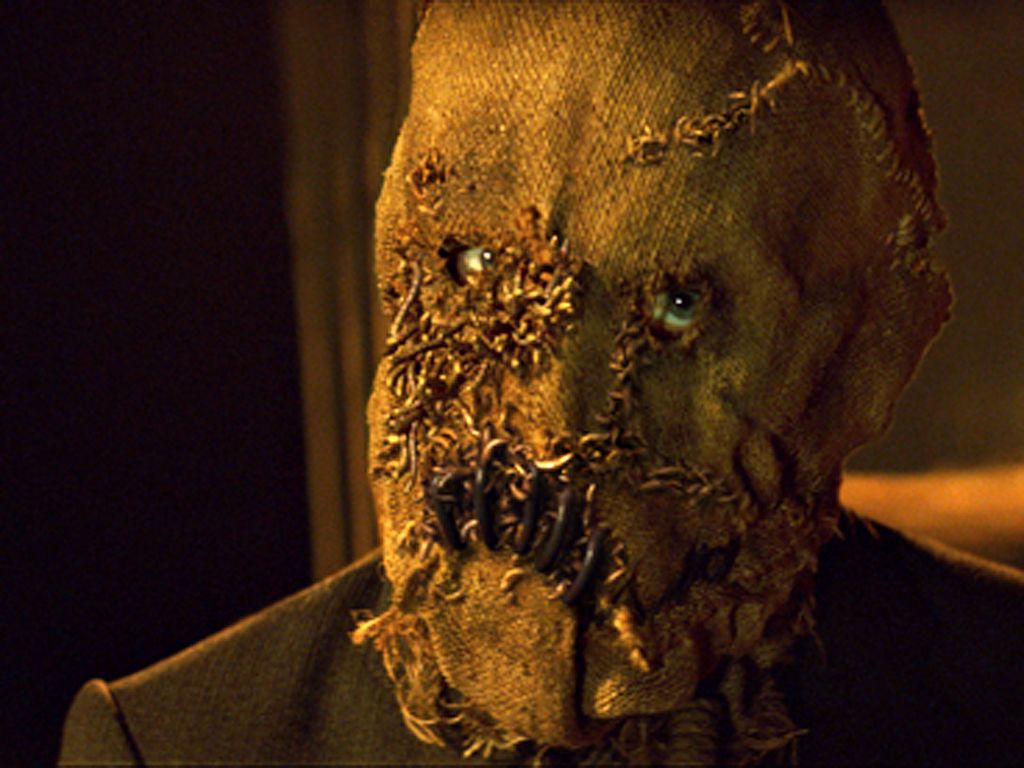Ah, that's better. Now I'm feeling Zimmer-y.
So as I was saying, this is the important thing about a Dark Knight-esque superhero game -- you have to remember that the game is as much about Bruce Wayne, past and present, as it is about his gravelly-voiced alter ego.
Without grounding the game in the psyche of the heroes, exploring their obsessions, the things that drive them, the things they can't let go of, the lines they will and won't cross, you're really cutting out most of the juicy material your campaign could thrive on. Punching villains in the face is just a sidelight, a symptom of the deeper psychosis that drives characters like Batman.
It makes a lot of sense to structure your game so that flashbacks are used liberally to place a hero's drive in context. The childhood scene in Batman Begins where young Bruce tumbles into the bat cave for the first time and his father asks him "Why do we fall down?" pays off beautifully in The Dark Knight Rises when an almost-broken Bruce must escape from the hellish pit of a prison Bane leaves him in. Maybe you won't be as meticulous as that, because games shouldn't plan that sort of thing out ahead of time (since it kills a lot of the thrill of discovering moments like that during play), but as I've discussed during my entries about TIANXIA re: dovetailing scenes, knowing that you're looking to connect certain dots during play can mean you recognize the opportunities when they present themselves.
Then there are the villains. I have a couple of observations about the villains that I think are useful, starting with the fact that we've got three kinds of villains here throughout the trilogy: first, Gotham's mobsters, who form the majority of the Dark Knight's clientele; then, the flamboyant Nemesis villains who form the crux of each of the three movies; and finally, we get recurring low-level villains in the form of The Scarecrow, who appears in a small part in each of the films.
Thinking of the villains as separate elements of story is useful from a gaming context, I think, because they suggest structure that you can build story from. The mobsters are always going to be there, more a symbol of the corruption and rot in Gotham than developed characters; these make handy throwaway villains for the heroes to swat at will. Mob bosses will come and go, but having a few low-level villains who come back (or, if they have a high mortality rate, perhaps it's their schemes or style that recurs) grounds the campaign and gives it a sense of continuity and forward momentum.
The Nemesis villains are a whole other thing. They act as dark reflections of the heroes themselves, suggesting what might happen to the Dark Knights of the story if they allow themselves to slide too far into the shadows. Ras Al Ghul is Batman without his sense of compassion; The Joker is Batman without his self-imposed limits; Two Face is justice made capricious and ugly; Bane is like Batman twisted into a figure of cruelty and destruction.
The villains definitely require serious thought and probably some up-front discussion with the players, so that they can build a satisfying enemy to confront. There might be room to steal an idea from Greg Stolze's BETTER ANGELS and have one of the other players take the part of a Nemesis, as in that game the other players take the part of demons inside another character's soul. The GM might maneuver the Nemesis's actions most of the time, then have the player take over when the Nemesis appears "on screen". And, as observed by my friend Rob, the way to make a villain important and relevant is to find a way to have them appear on screen interacting with characters as much as possible.
Next, I'll talk a little about what kind of rulesets might work best for this.
To be continued...


No comments:
Post a Comment